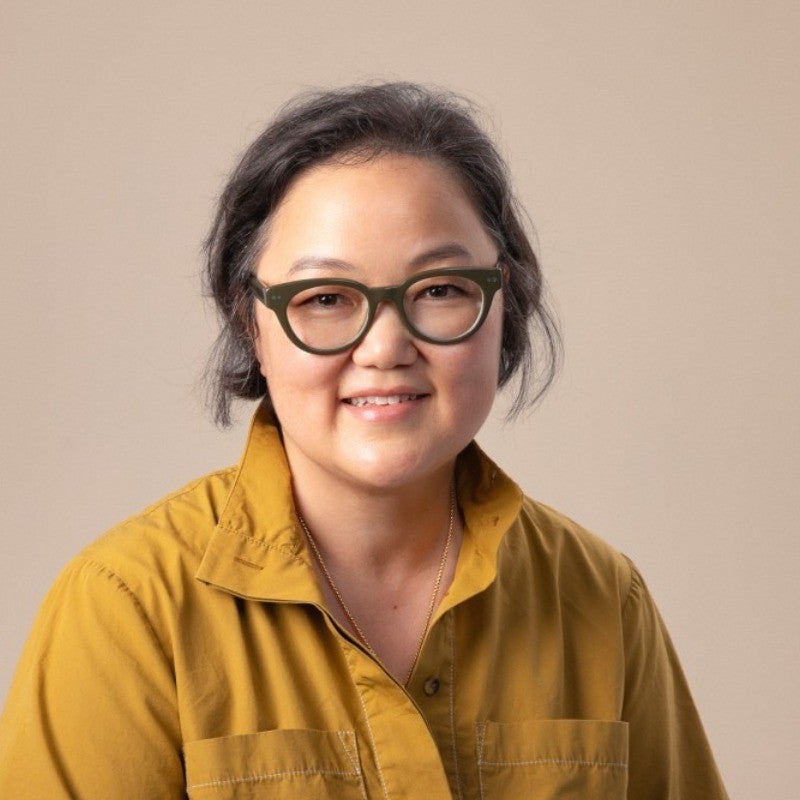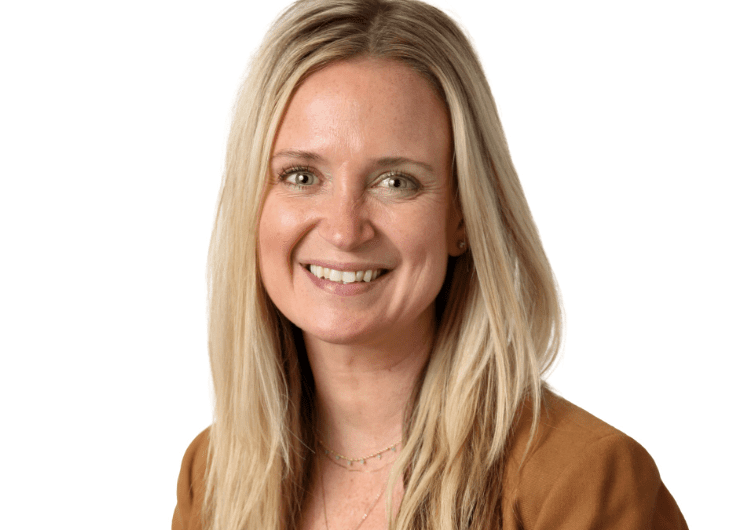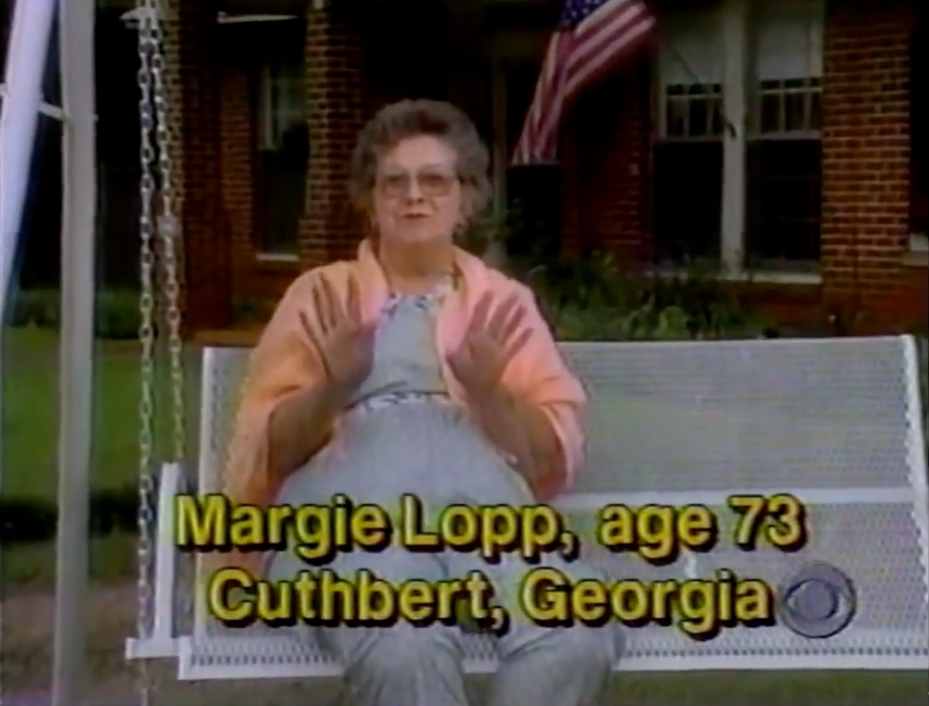There are many ways to resolve erratic customer service. One is to address it as a scheduling problem. Switching from a manual to an automated system that uses database phone records has helped two subsidiaries of Blue Cross and Blue Shield better predict and manage call volumes and staffing requirements.
Customer service quality measurement has substantially improved since Mountain View, CA-based Blue Pumpkin Software installed new automated scheduling software at call centers operated by Trailblazer Health Enterprises LCC and Blue Cross and Blue Shield of Maine.
Average answer time, hold time and call abandon rates got better for the two healthcare providers, which are responsible for processing medical claims and customer service inquiries.
Scheduling automation works because it causes call center managers to address scheduling issues that directly impact customer service levels at call centers, says Ofer Matan, chief technology officer at Blue Pumpkin. Scheduling software works as an adjunct to the software that operates automated call distributors.
Trailblazer Health Enterprises – a contractor for 3.5 million Medicare beneficiaries in Texas, Maryland, Delaware and Washington, DC – is testing scheduling software at two of its four call centers. The pilot tests have been going on since March, according to Rhonda Clark, technical analyst at Trailblazer’s call center in Richardson, TX.
Phone agents at the Richardson call center typically handle 2,200 to 2,600 inbound calls daily. This includes anything from processing claims to benefits and enrollment questions. Similarly, the Hunt Valley call center handles 1,300 to 1,700 calls daily. The inbound calls come from patients, hospitals and doctors.
“When we were scheduling manually we used to have fluctuations in the numbers,” says Clark. “Some days were good days and some days were bad days, but now things have stabilized.”
The software uses historical data to predict call volume and recommends staffing levels at call centers to meet predetermined service levels. Trailblazer is able to answer all its calls in an average of 20 seconds, which is well within the 120-second goal for answering 97.5% of all calls.
The most dramatic improvement at Trailblazer is the reduction in its call abandon rate, which measures the number of inbound callers who receive busy signals. When Trailblazer supervisors stopped manually scheduling phone agents the call abandon rate – which used to vary from 20% to 50% – was reduced to less than 1%, Clark says.
The favorable test results at the 50-station Richardson call center and another 45-station call center in Hunt Valley, MD, are expected to lead to the installation of the same scheduling software at Trailblazer’s Bonham and Denison call centers, both in Texas.
Blue Cross and Blue Shield of Maine improved the average speed of answering calls from 7 minutes to about 17 seconds. This healthcare provider serves 470,000 beneficiaries. The reduced answering time both amazes and pleases state inspectors who periodically review the performance of medical organizations in Maine, says Perry Dunzik, senior telecommunications analyst for the healthcare provider.



